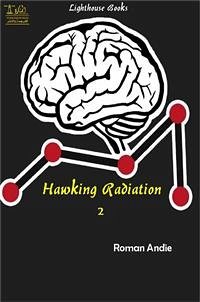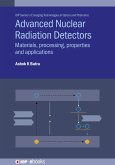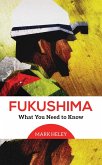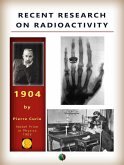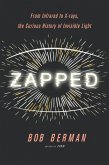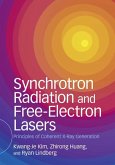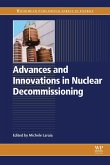One must bring in some basic notions of quantum theory if one wants to reduce de- and reconstruction to quantum physics. The key mathematical fact is that in quantum theory each particle in many-particle state corresponds to a tensor factor of state space of the entire system. This notion is very difficult to explain without actually having a lecture series about quantum theory and I prove in the following that this is indeed the case.1.The space of quantum states of system is the basic notion: technically it is known as Hilbert space, which can have finite or even infinite dimension and also infinite dimension (and this in many senses!).The basic idea is that one can build bigger Hilbert spaces as their tensor products. If you have Hilbert spaces of dimensions n1 and n2, the tensor product has dimension n1× n2. This is algebraically like multiplying numbers and one can indeed identify prime Hilbert spaces as those with prime dimension. Also direct sums of Hilbert spaces are possible.Hilbert spaces represent physical systems: say electron and proton. To describe a world consisting of proton and electron one forms the tensor product of electron and proton Hilbert spaces. This is somewhat like playing with legos.I was cheating a little bit. Life is not quite so simple. One can also form bound states of two systems - say hydrogen atom from proton and electron, and the bound states of hydrogen atom represent only a sub-space of the tensor product. Connes tensor product is more exotic example: only certain kind of entangled states in tensor product for which the composites are strongly correlated are allowed. As a matter of fact, also the gluing the legos together creates strong correlations between them so that it serves as a good analogy for Connes tensor product and tensor product assignable to bound states.
Bitte wählen Sie Ihr Anliegen aus.
Rechnungen
Retourenschein anfordern
Bestellstatus
Storno

